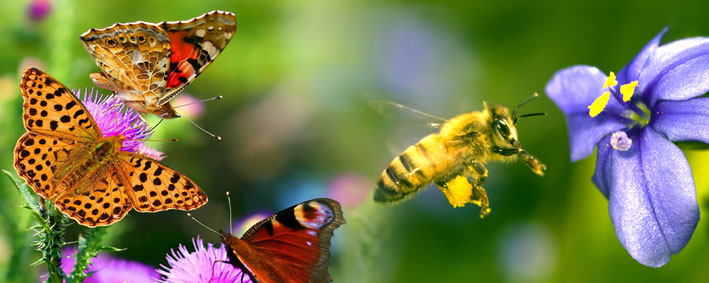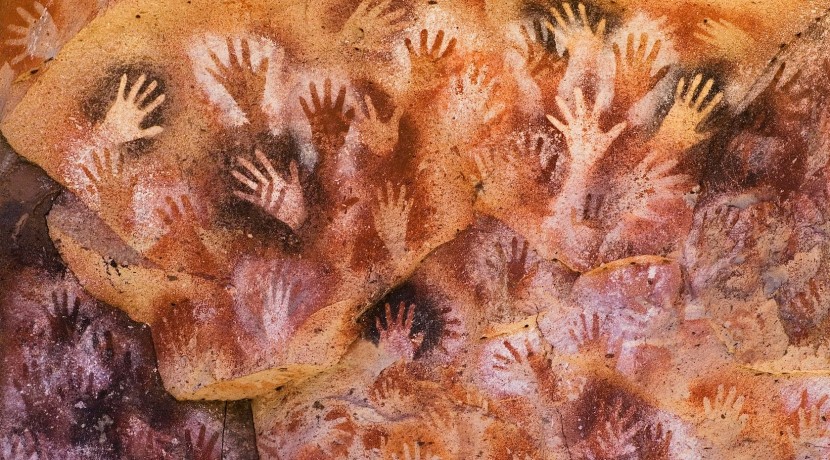The sixth mass extinction
Are we facing the Sixth Mass Extinction? Is human being responsible for this ecological disaster? This documentary investigates these questions to offer a track to find answers.
Throughout the history of evolution five great catastrophes have affected the Earth's surface. After them, life had to re-organize itself as of the surviving species. Today, 27.000 species disappear each year, a figure equal or higher than those which devastated the Earth during the previous extinction processes.
Living nature in danger
Living nature as a whole on earth (the only place we know of) is a miraculous, beautiful and strong concept. It has existed on this planet almost from the beginning, some 3.800.000.000 years ago. Ever since, it has multiplied, grown and flourished with some up and downs in between -the five mass extinctions-, but it never has stopped developing and reaching ever higher levels of complexity. Up to the last few centuries, say 500 years.
In other words, up to 3.799.999.500 all went relatively smooth and in certain harmony. But then mankind came along to rapidly and massively screw it all up, in just those last 500 years, to start the sixth mass extinction, the worst of all extinctions.
Why is the extinction we are causing worse than the five earlier extinctions? Because the evolution of cosmos and life has reached a complexity which it had never reached before. We ourselves have always intuitively understood this intrinsic 'hierarchy' of life, of the cosmos itself indeed, considering more complex organisms to be on a higher level of development, an additional step in evolution, with ourselves presumably highest on the staircase.
But also many other current species are of a complexity, that had never been reached before. And it is precisely those most developed organisms, those of the highest complexity (with self-awareness), that we most are putting in danger of extinction. Like those few other species that are able to understand their own image in the mirror as being themselves: several of the great apes, dolphins, orcas and elephants.
Due to the impact of mankind, or more exactly: western industrial urban consumer culture, the only organisms that do thrive on this planet now, are in fact those that most disgust us: sickening bacterias and viruses, cockroaches, rats, pigeons and in the plant-world probably all the kind of weeds we actually try to get rid of.
http://news.nationalgeographic.com/news/2014/07/140715-ocean-plastic-deb...
Other references
A looming mass extinction caused by humans (BBC)
In around 300 years time, 75% of all mammal species will have disappeared from this planet. That's the startling prediction from Anthony Barnosky, a palaeobiologist at the University of California, Berkeley – that’s if the current rates of extinction continue and the animals already threatened or endangered are wiped out this century.
Has the Earth’s sixth mass extinction already arrived?
Palaeontologists characterize mass extinctions as times when the Earth loses more than three-quarters of its species in a geologically short interval, as has happened only five times in the past 540 million years or so. Biologists now suggest that a sixth mass extinction may be under way, given the known species losses over the past few centuries and millennia.
THE SIXTH MASS EXTINCTION: THE HUMAN IMPACT ON BIODIVERSITY
Mass extinctions are probably due to a set of different possible causes like basaltic super-eruptions, impacts of asteroids, global climate changes, or continental drift. But now, a group of scientists like Edward O. Wilson and Niles Eldredge identified post-industrial humans as the driving force behind the current and on-going mass extinction (Braje, 2013).
The Anthropocene Mass Extinction: An Emerging Curriculum Theme for Science Educators
There have been five past great mass extinctions during the history of Earth. There is an ever-growing consensus within the scientific community that we have entered a sixth mass extinction. Human activities art" associated directly or indirectly with nearly every aspect of this extinction. This article presents an overview of the five past great mass extinctions; an overview of the current Anthropocene mass extinction; past and present human activities associated with the current Anthropocene mass extinction; current and future rates of species extinction; and broad science-curriculum topics associated with the current Anthropocene mass extinction that can be used by science educators. These broad topics are organized around the major global, anthropogenic direct drivers of habitat modification, fragmentation, and destruction; overexploitation of species; the spread of invasive species and genes; pollution; and climate change.
Earth is in the early stages of a sixth mass extinction
EARTH’S sixth great extinction event has already begun. Now science is calling for urgent action to prevent life as we know it going the way of the dinosaurs. The first five “events” destroyed more than 75 per cent of this planet’s life. It’s happening again: But this time the experts say we are the cause.
Life on Earth is dying at an unprecedented rate.
- Log in to post comments
- Printer-friendly version







